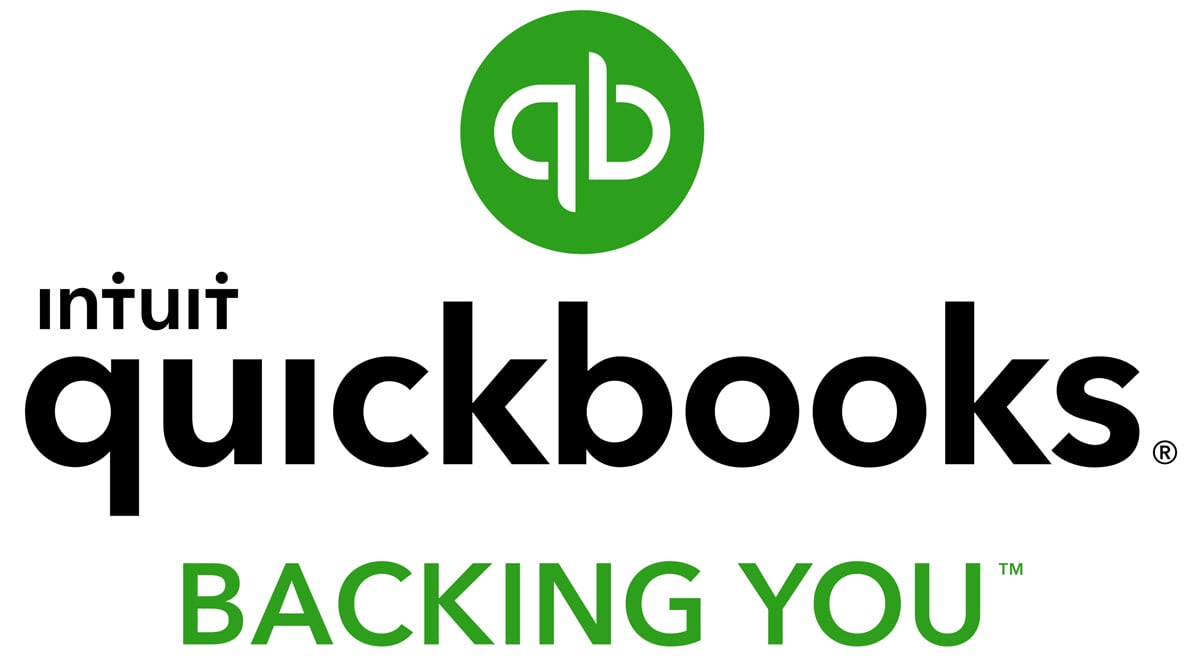What Is a Factor Rate?

If you’re applying for a merchant cash advance (MCA), you’ll come across the term, “factor rate.” A factor rate is expressed not in percentages, the way interest rates are, but as a decimal figure. They typically range from about 1.1 to 1.5, showing how much you’ll be paying back on your business loan.
There’s a lot that goes into a factor rate, and if you’re applying for a cash advance, it’s crucial that you understand how they work. We’re here to spell it out for you.
How Does a Factor Rate Work?
When your small business needs a short-term financing solution to boost cash flow or generate working capital quickly, you might turn to a merchant cash advance, sometimes called a business cash advance.
A merchant cash advance is a cash advance that is paid back using a percent of your daily credit card sales. As you’re comparing the cost of this form of financing to other options such as business loans or lines of credit, you might come up against the unfamiliar term “factor rate” or “buy rate.” Similarly, if you are looking at short-term loans, you might stumble across “factor rates” as well.
Typically, factor rates vary from about 1.1 to 1.5, depending on your industry, how long you have been in business, the stability of your sales, and your average monthly credit card sales.
How to Understand Your Factor Rate
If you’re quoted a factor rate for your small business loan, you’ll need to get a grasp on what it means for the true cost of your loan.
To understand a factor rate, you should determine the total amount you will need to pay back.
How? The first step is to multiply the factor rate by the amount borrowed.
So, say you’re getting an advance of $10,000 at a factor rate of 1.35 for a 12-month term.
The total amount you’ll need to repay is $13,500 ($10,000 x 1.35 = $13,500). Knowing you’re paying $3,500 for that $10,000, at first glance, you may think you’re simply paying a 35% interest rate for the advance.
But wait! That’s not the correct way to think about factor rates.
Yes, the interest cost of the advance is 35%, but when a factor rate is involved, all of the interest is charged to the principal when the loan or advance is originated. That’s the key difference you need to know about factor rates and interest rates. This is why the advance or loan isn’t priced using APR—APR is used for financing where interest accrues on the principal amount as it gets smaller and smaller as more payments are made.
The other thing to keep in mind is that there are a lot of variables with a merchant cash advance. As merchant cash advances are paid back daily (or however often you batch out your credit card system). If you have a strong sales day, you’ll be paying back more that day, versus how much you’d pay on a slower day.
Merchant cash advances are one of the most expensive financing products on the market, but if you are looking for short-term cash infusion, they are certainly an option.
How Lenders Determine Your Factor Rate
What does a merchant cash advance company or financing company look at when determining the factor rate for your merchant cash advance? Figures include:
- Credit card processing statements. The financing company will want to see that you have a solid history of substantial credit card sales. They’ll usually ask for credit card statements from the past three months.
- Business bank statements. The lender will want to verify the financial health of your business. They’ll want to see your business bank statements from the past three months.
- Years in business. Most financing companies require at least one year in business before they’ll consider extending cash advance loans.
- Business tax return. They’ll want to see your most recent business tax return to get an idea of how your business financially shapes up over the course of a year.
These are just a few of the business loan requirements that help a lender determine how much risk they’re taking on by lending to you, and how much they should charge as a factor rate to compensate for that risk.
If you don’t understand any term used in any type of financing contract you’re obtaining for your small business, don’t be afraid to ask. A good lender will be more than willing to explain terms such as “factor rate” and show you what it means in dollars and cents.
The Bottom Line on Factor Rates
When you see a factor rate, the first thing you need to know is that it doesn’t mean the same thing for your business as an interest rate or APR does. And before you sign on the dotted line for any business loan with a factor rate, make sure you know just how much that financing will be costing your business.
Or, if you want to make it simple, check out our free MCA calculator to know just how much you’ll be paying your lender back.

Rieva Lesonsky
Rieva Lesonsky is a contributing writer for Fundera.
Rieva has over 30 years of experience covering, consulting and speaking to small businesses owners and entrepreneurs. She covers small business trends, employment, and leadership advice for the Fundera Ledger. She’s the CEO of GrowBiz Media, a media company specializing in small business and entrepreneurship. Before GrowBiz Media, Rieva was the editorial director at Entrepreneur Magazine.

Featured
QuickBooks Online
Smarter features made for your business. Buy today and save 50% off for the first 3 months.

